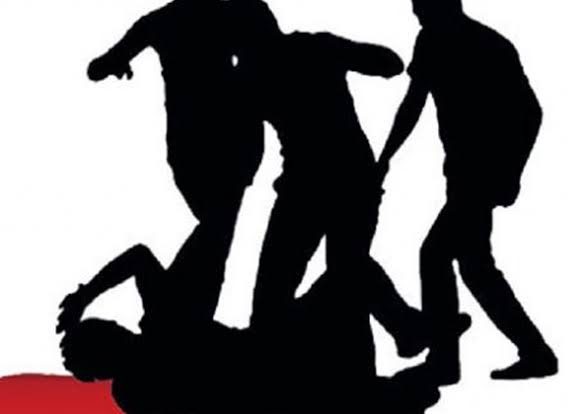Harmony Through Time: Tracing the History of Christmas Carols

As the festive season approaches, the air is filled with the familiar melodies of Christmas carols, creating a harmonious backdrop to the joyous celebrations. Ever wondered about the origins of these timeless tunes that have become synonymous with the holiday spirit? Join us on a melodic journey through history as we unravel the rich and enchanting story behind the Christmas carols we hold dear.
1. Early Carols: A Blend of Sacred and Secular
The tradition of singing songs to celebrate Christmas dates back centuries. Early carols were a mix of sacred and secular themes, often sung in various languages to add a global touch to the celebrations. These tunes served as a bridge between different cultures and communities, fostering unity during the festive season.
2. Carols in the Middle Ages: A Revival of Musical Merriment
During the Middle Ages, the popularity of Christmas carols soared. With lyrics in local languages and often accompanied by lively dances, carols became a favorite way for people to express their joy and merriment during the Christmas season. Many of these medieval carols centered around the Nativity and the joyous aspects of the holiday.
3. The Carol’s Renaissance: From Ban to Revival
In the 17th century, the Puritans in England and America frowned upon the celebration of Christmas, considering it too frivolous. As a result, carol singing faced a temporary ban. However, with the restoration of the monarchy in the 18th century, Christmas carols experienced a revival. The publication of collections like “The Oxford Book of Carols” contributed to preserving and popularizing these festive tunes.
4. Victorian Era: Caroling Resurgence and Familiar Favorites
The Victorian era witnessed a resurgence of interest in Christmas traditions, including caroling. Many of the cherished carols we know today, such as “Silent Night” and “O Holy Night,” gained popularity during this time. Carols became an integral part of the Victorian Christmas celebrations, capturing the essence of the season’s goodwill and warmth.
5. Twentieth Century: Carols in Pop Culture
As the 20th century dawned, Christmas carols found a place in popular culture. From radio broadcasts to recordings by famous artists, carols became an essential part of the holiday music landscape. The nostalgic and comforting tunes continued to evoke the spirit of Christmas, transcending generations.
Conclusion: A Musical Tapestry of Christmas Spirit
The history of Christmas carols is a captivating tale of cultural exchange, revival, and enduring traditions. These melodious expressions of joy have evolved over centuries, uniting people in celebration and spreading the magic of Christmas. As we continue to sing these timeless tunes, we contribute to a musical tapestry that connects us to the rich history of festive cheer.
Picture Courtesy: Google/images are subject to copyright








